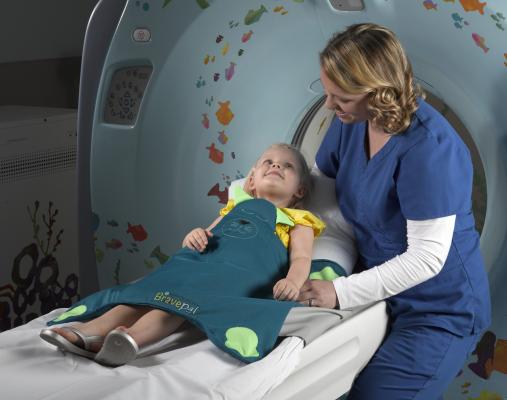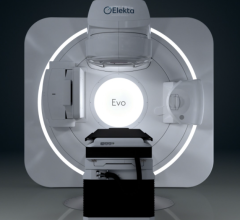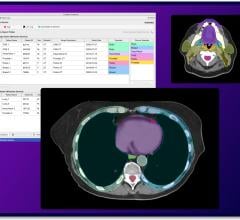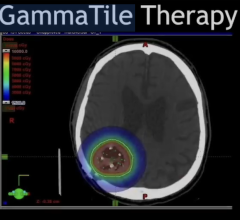
March 4, 2015 — The International Lymphoma Radiation Oncology Group (ILROG) has issued a guideline outlining the use of 3-D computed tomography (CT)-based radiation therapy planning and volumetric image guidance for treatment of pediatric Hodgkin lymphoma. The goal of the new guideline is to reduce the radiation dose to normal tissue, thus decreasing the risk of late side effects. The guideline will be published in the March-April issue of Practical Radiation Oncology (PRO), the clinical practice journal of the American Society for Radiation Oncology (ASTRO).
Historically, pediatric Hodgkin lymphoma patients were treated with the same chemotherapy and radiation regimens as adults, which potentially exposes their young, still-growing bodies to more treatment than necessary. Previous radiation therapy guidelines for pediatric Hodgkin lymphoma have focused on 2-D imaging and bony landmarks to define dose volumes for radiation therapy treatment, and treated large volumes of normal tissue in part because of uncertainty about which lymph node areas were involved.
The new guideline describes how to effectively use modern imaging and innovations in radiation therapy planning technology to treat patients with pediatric Hodgkin lymphoma while decreasing the risk of late side effects, including second cancers and heart disease.
The authors describe methods for identifying target volumes for radiation therapy, and how to implement the concept of “involved site radiation therapy” to define radiation target volumes and limit dose to normal organs at risk. According to the guideline, accurate assessment of the extent and location of disease requires both contrast-enhanced CT as well as fluorodeoxyglucose-positron emission tomography (FDG-PET). The document describes how the evaluation of response to chemotherapy influences the targeting of the lymphoma and the volume of normal tissue treated, by using recently developed capacity to fuse CT and FDG-PET images taken before and after chemotherapy to CT imaging taken for radiation therapy planning.
“The emergence of new imaging technologies, more accurate ways of delivering radiation therapy and more detailed patient selection criteria have made a significant change in our ability to customize treatment for many cancer patients,” said David C. Hodgson, M.D., associate professor in the Department of Radiation Oncology at the University of Toronto in Toronto, a radiation oncologist at Princess Margaret Hospital/University Health Network in Toronto and lead author of the guideline. “This guideline has the potential to reduce the radiation therapy breast dose by about 80 percent and the heart dose by about 65 percent for an adolescent girl with Hodgkin lymphoma. This shift in more personalized treatment planning tailored to the individual patient’s disease will optimize risk-benefit considerations for our patients, and reduce the likelihood that they will suffer late effects from radiation therapy. We are also excited that these guidelines will be utilized in an upcoming Children’s Oncology Group Study of involved-site radiation therapy for high-risk Hodgkin lymphoma patients and eagerly await the study’s results.”
For more information: www.astro.org


 May 15, 2024
May 15, 2024 








